Weekly round-up: 01 - 07 May 2013
The week started with slack bright and sunny conditions, warm in the south but much cooler in the north and around North Sea coasts where a cold wind was particularly persistent. By Friday warmer southwesterly winds had flooded into the southeast of the country and by the end of the Bank Holiday weekend temperatures here were quite respectable but further north it was still cold and wet, with snow across parts of northern Scotland.
This pulse of warm air did not, however, originate from Iberia and it produced relatively few new birds. In fact this week was actually quite slow for new discoveries, with many birds being leftovers from the week before - a bit disappointing for the beginning of May.
Just making it into the new week was the juvenile Pallid Harrier on Skomer, still present on the morning of 1st but then departing (as did the Montagu’s Harrier frequenting the same island which promptly went to Ramsey). The Pallid Harrier disappeared, however, though another was seen the same day at Beddmanarch Bay, Anglesey.
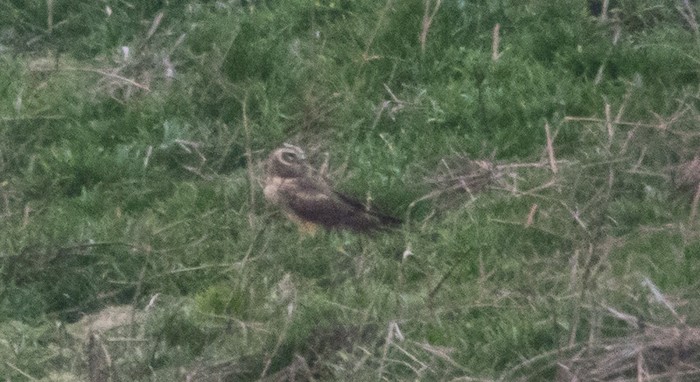
Still making the headlines this week were White-billed Divers , with the lingering inshore bird still at South Ronaldsay, Orkney to at least 7th whilst a further high count of 8 was achieved from a boat trip off Portsoy, Aberdeenshire on 3rd, a figure which would have been undreamt of only a couple of weeks ago before the extraordinary tallies of up to 10 on 21st April and 13 on 27th. At least 5 were still there on May 4th and then 7 were counted from another ‘pelagic’ between Buckie and Sandend, Moray on 6th.
After last autumn’s glut of Hornemann’s Arctic Redpolls (and the early winter bird at Aldeburgh, Suffolk) it is perhaps no surprise to see something of them again in spring. Only a couple of weeks ago one was on Islay whilst this week (on 4th to 7th) one of these beauties (a singing and displaying male) graced North Ronaldsay, Orkney. We are now getting used to mid-spring occurrences of this species. Presumably they involve birds which have wintered undetected in northwest Europe (most likely in Britain) and which are now Greenland-bound, a phenomenon which ties in neatly with a newly-recognised light spring passage through Iceland. Here, frosty redpolls may potentially be of any of three ‘Arctic Redpoll’ forms but amongst the pale Iceland birds a few Hornemann’s are now expected each spring.
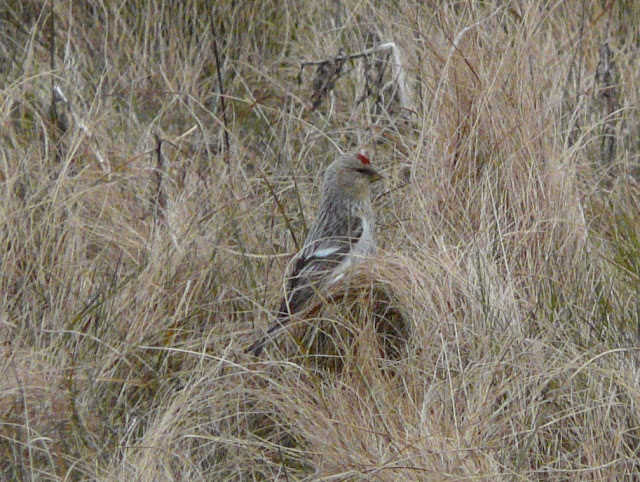

Bonaparte’s Gulls were the other main feature of the week with a first-summer at Elmley, Kent from 1st to 6th and adults at Topsham and the Exe Estuary, Devon from 2nd to 7th and Tacumshin, Wexford, also from 2nd to 7th. Either the Devon or the Wexford bird was presumably last week’s bird from Theale, Berkshire and Chew Valley Lake, Somerset.
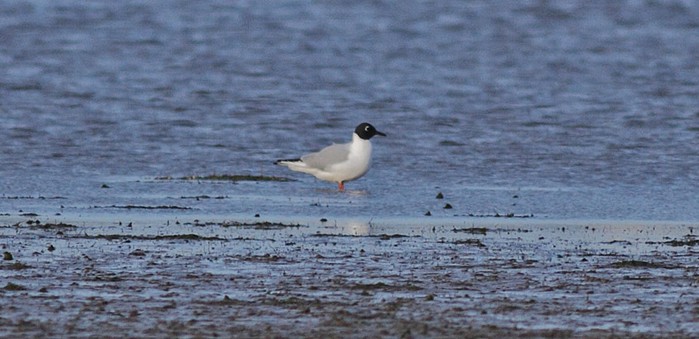

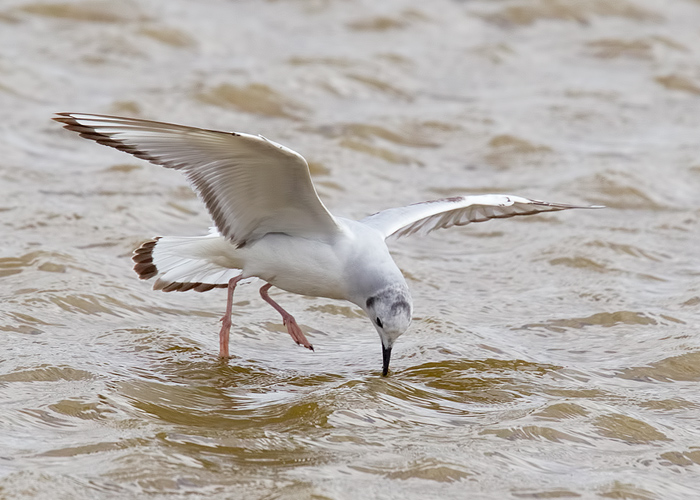
The other raptor highlight of the week was the appearance of three Red-footed Falcons together on the Ouse Washes, Cambridgeshire on 2nd (two adult males and an adult female). One of the males was still present on 3rd and 4th (and again on 6th near March) with presumably the other around Lakenheath Fen, Suffolk on 3rd to 7th. Another (a female) flew over Weybourne, Norfolk on 6th. It is still a fraction early for these charismatic falcons, and the weather conditions have not so far been conducive to southeastern arrivals, so the appearance of three, presumably all travelling together, was something of a surprise. If suitable conditions occur in mid-month, could there be a bigger influx of this species? Thoughts inevitably turn to 1992, a ‘classic’ spring and certainly the best ever for Red-footed Falcons with around 150 recorded. A repeat of such an event would be most welcome, and might they bring an Amur Falcon with them this time?
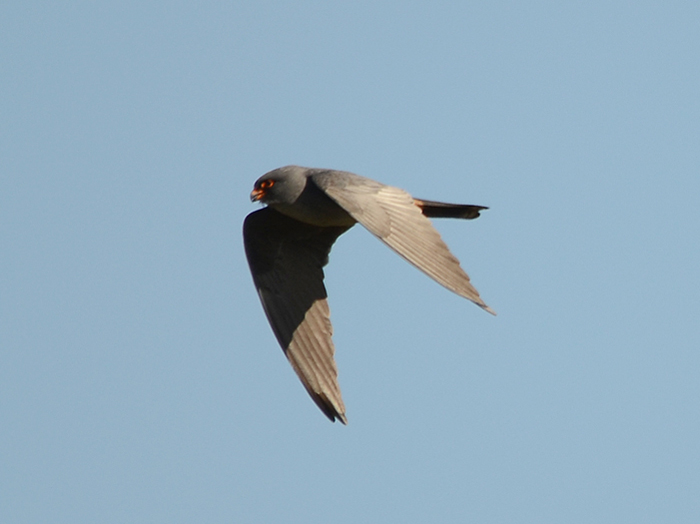
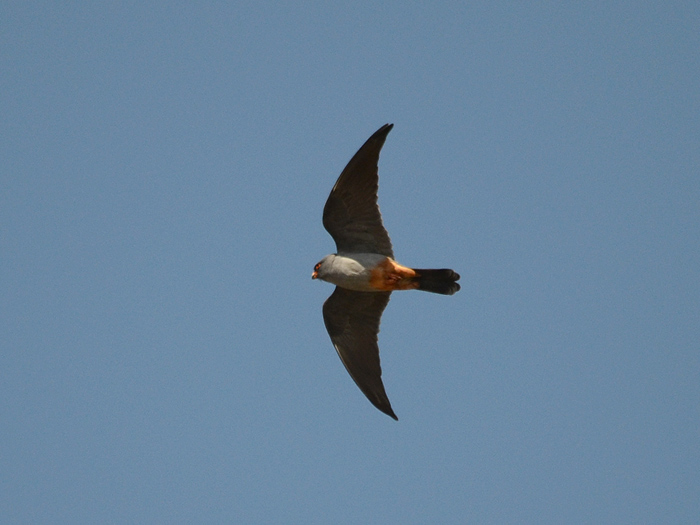
‘Euro-highlights’ this week were a Baikal Teal at Teverener Heide, Nordrhein-Westfalen, Germany (right on the Dutch border) and (properly in the Netherlands) a gorgeous male Cretzschmar’s Bunting at Lauwersmeer on 5th.
Pomarine Skua passage continued this week, initially involving only tiny numbers at the traditional Channel, Severn Estuary and Solway sites but things perked up considerably on 4th with 66 Pomarine and 7 Long-tailed Skuas past Balranald, North Uist.
In Somerset the resident local celebrity Pied-billed Grebe remained at Ham Wall RSPB all week.
Great White Egrets were still in evidence though the number recorded was well below its now-traditional winter peak. Away from the core area in Somerset’s Avalon Marshes, two birds frequented the Minsmere area, with others logged at Charnwood, Leicestershire, Welney, Norfolk, Dawlish Warren and Powderham, Devon, Chevington/Hauxley, Northumberland, Scarborough, Yorkshire, Waltham Brooks, West Sussex and Barton-upon-Humber, Lincolnshire.

A Cattle Egret was at Hillsborough Park Lake, Down on 1st, with the Kent bird reappearing at Grove Ferry on 1st, 6th and 7th and at Sandwich Bay on 5th.
Last week’s Purple Heron was still at Kenfig, Glamorgan to 6th, with another the same day at Lakenheath Fen, Suffolk (then present to at least 6th) and further birds at East Chevington, Northumberland on 4th and 5th, Skipton, Yorkshire on 4th and Dungeness, Kent on 6th. A Night Heron was at Dungarvan, Waterford on 6th.
Elsewhere, Black Storks flew over Edlingham, Northumberland on 1st and Marshwood, Dorset and Barnstaple, Devon on 6th whilst two White Storks were over Draycott, Staffordshire on 6th. Good views of the two east Norfolk birds this week revealed that one was carrying a difficult-to-see ring from Thrigby Wildlife Park. The other was unringed but as some birds from this source are also without rings it seems pretty clear that both are escapees.
Finally, the Glossy Ibis remained at Marloes Mere, Pembrokeshire.
As expected given the date and more spring-like conditions, wildfowl reports tailed off rapidly this week. The only goose of note was the Black Brant still at Spurn, Yorkshire to at least 5th, lingering with the traditionally late-migrating Dark-bellied Brent Geese.
As for ducks, single Ring-necked Ducks were on Islay, Argyll on 1st to 4th, at Ham Wall RSPB to 5th and at Tophill Low, Yorkshire to 5th. Lesser Scaup reports were also down, with the bird near Carnforth, Cumbria still present to 6th, another at Angler’s Country Park, Yorkshire on 2nd to 7th and a third confirmed at Lough Shark, Armagh on 4th. The Ferruginous Duck at Minsmere, Suffolk remained all week.

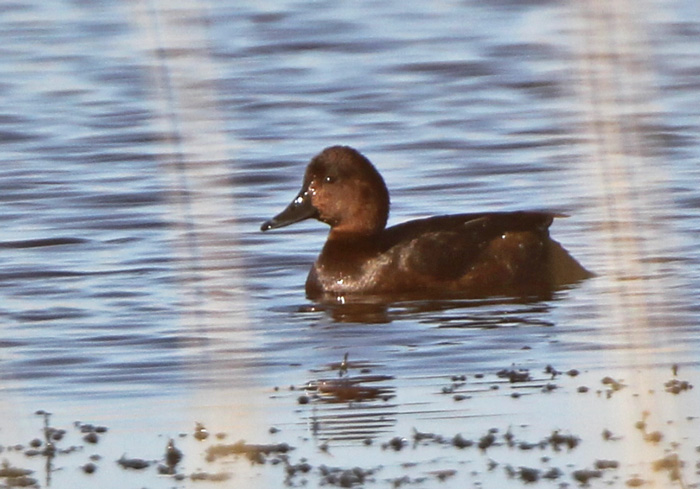
If diving ducks were few and far between, dabbling ducks were even more so. Green-winged Teal were at Pennington Marshes, Hampshire on 3rd, North Plain, Cumbria on 5th and 6th and Castle Island, Northumberland on 6th with American Wigeons at Loch Magillie, Dumfries and Galloway on 3rd and Kirkintilloch, Clyde on 5th, the latter site hosting a Blue-winged Teal on 5th to 7th.
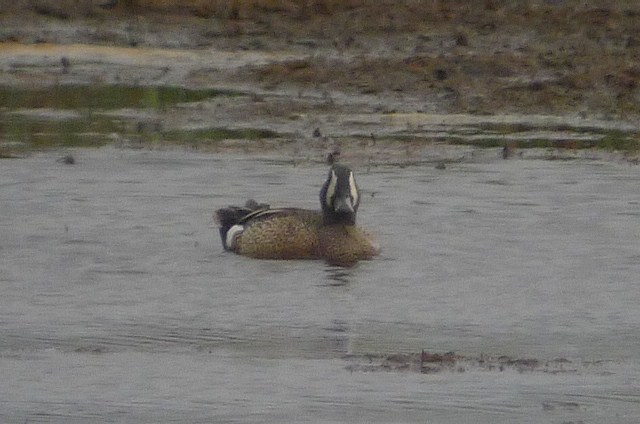
Finally, turning to the sea, the drake Surf Scoter was still at Musselburgh, Lothian to at least 7th and the drake King Eiders were still on the Ythan Estuary, Aberdeenshire and on Whalsay, Shetland.
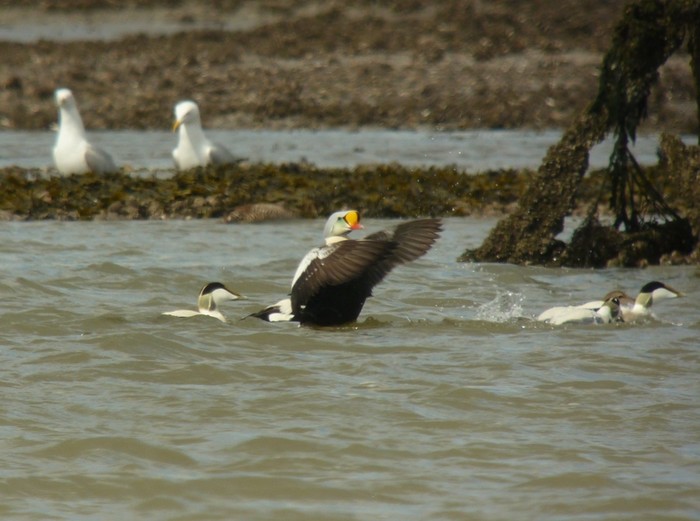
Lingering waders included the Lesser Yellowlegs at Tacumshin, Wexford to 2nd and at Dundalk Docks, Louth to 5th whilst others were at Marazion, Cornwall on 2nd and 3rd and on the Inishkea Islands off The Mullet, Mayo on 7th. Also in Ireland, the American Golden Plover remained at Kilcoole, Wexford to 3rd.
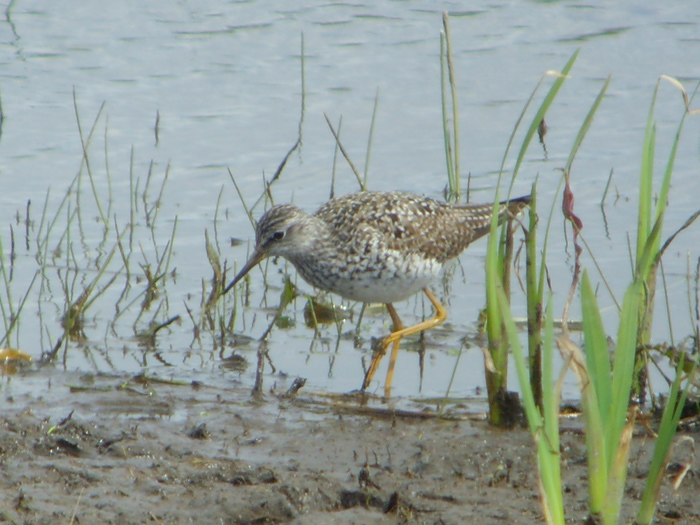
Other new American waders were a Long-billed Dowitcher on Islay, Argyll on 1st, Pectoral Sandpipers at Hale, Cheshire on 3rd to 6th, Colliford Lake, Cornwall on 4th to 7th, Seaton Carew, Cleveland on 6th to 7th, Fair Isle, Shetland on 6th, Ham Wall, Somerset on 7th and, more remarkably, 3 at Cahore Marsh, Wexford on 4th and 3 at Loch of Strathbeg, Aberdeenshire on 6th to 7th.
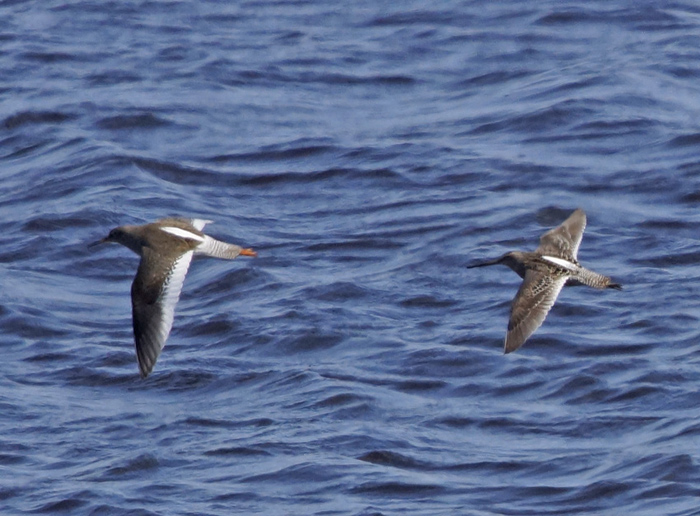
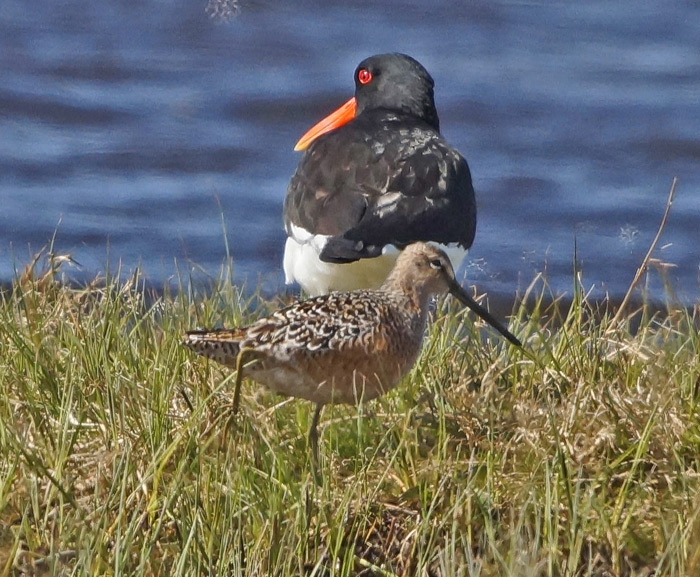
The best non-Nearctic wader was a Black-winged Stilt at Maldon, Essex on 6th, the same bird then presumably relocated at Frampton Marsh, Lincolnshire next day. Otherwise, the wader picture was dominated by Dotterels . There were no big flocks but some small parties were recorded at the usual mixture of lowland and mountain-top sites. Two at Holme Fen, Cambridgeshire on 3rd led the way for the lowland birds whilst up to 3 on Pendle Hill, Lancashire, up to 21 on Cross Fell, Cumbria, up to 7 on Ingleborough, Yorkshire and 3 on Carnedd Llewellyn, Gwynedd sought much higher ground. Up to 9 were also at Downholland Moss, Lancashire with other flocks including 7 at Carmel Head, Anglesey, 7 at Gringley Carr, Nottinghamshire, 6 at Ynyslas, Ceredigion, 3 over Lee Valley Country Park, Essex, 2 at Kilnsea, Yorkshire, 2 on Iona, Argyll and singles at Ballinskelligs, Kerry, Hightown, Merseyside, Sheffield and Holmfirth, Yorkshire and Great Orme, Conwy.
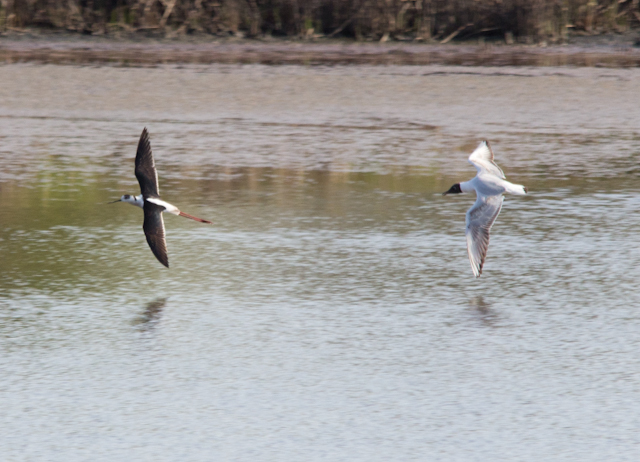
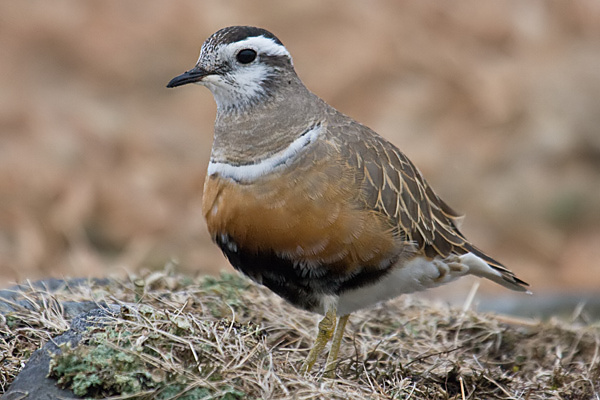
Finally, a Kentish Plover was at Ferrybridge, Dorset on 2nd and Temminck’s Stints were at Boyton, Suffolk on 5th, Grimley, Worcestershire and Druridge Pools, Northumberland (2) on 6th to 7th and Saltholme, Cleveland and Cley, Norfolk (4) on 7th.
The only British Ring-billed Gulls of the week were the still-lingering first-summer bird at Melton Country Park, Leicestershire, still present to 7th, and the first-summer at Hillwell, Shetland, still there on 5th. Otherwise, those reported were all in Ireland, in Cork on 1st, at The Mullet, Mayo on 2nd and at Kinnegar Shore, Down on 3rd and 4th.
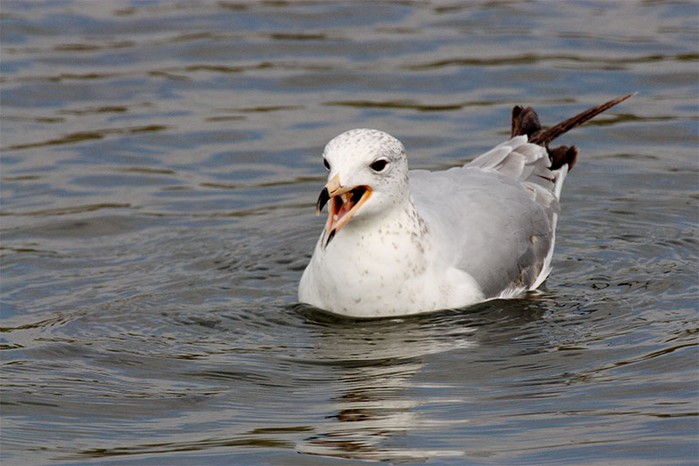
‘White-winged’ gulls continued to fade away too with only around 12 of the former and 5 of the latter now frequenting our shores. The Kumlien’s Gull at Barmston, Yorkshire was still present to 7th.
The only noteworthy tern of the week was the Irish Forster’s Tern , at Tacumshin, Wexford on 3rd.
Black Kites are a predictable feature of early May and this week didn’t entirely disappoint. Singles were at Sunbury, Sussex and on Mainland Orkney on 1st, whilst two sightings came from Cornwall - near Carland Cross on 1st and at Crousa Downs on 2nd. Another was presumably wandering around northwest Norfolk. Having been seen last week at Burnham Overy and Brancaster, one was reported from Burnham Overy Staithe on 2nd and Holme on 4th. Away from southern England, others were at Ballymun, Dublin on 5th and Loch Duntelchaig, Highland on 6th.
Apart from a scatter of Montagu’s Harriers , the only other raptor of note was a Rough-legged Buzzard over Trimley St. Mary, Suffolk on 6th.
The long-staying Pallid Swift was still touring St. Agnes and St. Mary’s, Isles of Scilly on 1st.
Rare passerines stayed largely rare this week, the best being a new Iberian Chiffchaff at Llanelli, Camarthenshire on 6th and Subalpine Warblers on Bardsey, Gwynedd and at Inch Strand, Cork on 7th. Woodchat Shrikes were still in evidence, though, with birds at Land’s End, Cornwall on 1st and 2nd, Brandon Marsh, Warwickshire on 2nd and another at Carnsore Point, Wexford on the same day with the bird on St. Mary’s, Isles of Scilly also still present to 7th. Other Irish birds were at Ring Marsh, Wexford on 4th to 6th with one at Lady’s Island Lake on 5th. Back in Britain, others were at Cromer, Norfolk and Newlyn, Cornwall on 6th and at Gwenter, Cornwall on 7th.
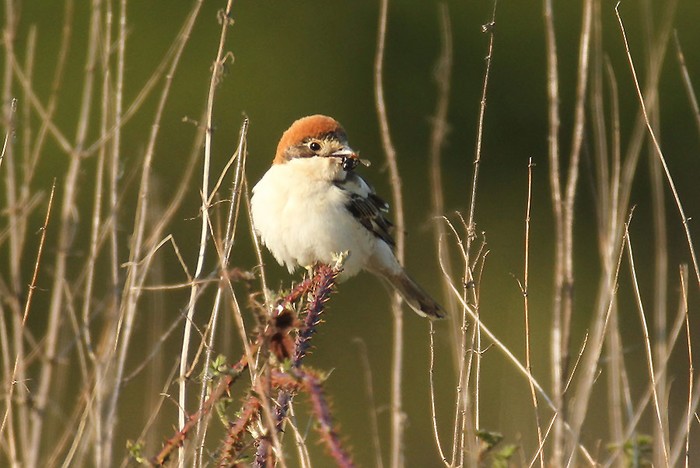
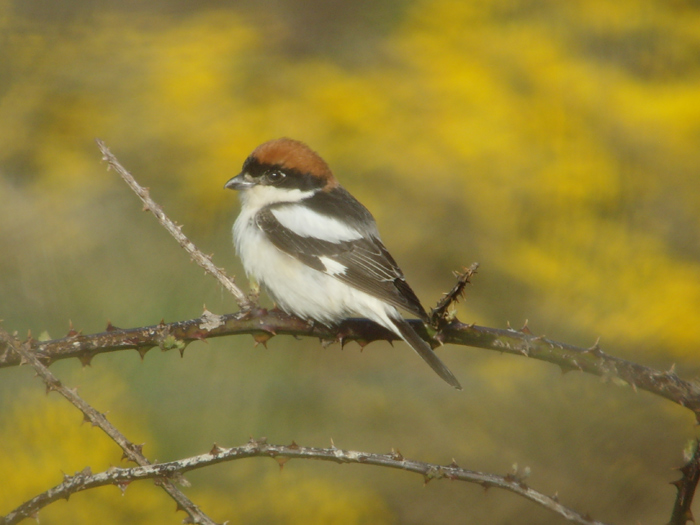
Red-rumped Swallows also struggled to make much of an impression - singles were at Hallsands, Devon and Dungeness, Kent on 2nd and Great Saltee, Wexford and Abersytwyth University, Ceredigion on 6th whilst only a single Bee-eater was noted - at Walney, Cumbria on 1st.
A scatter of Hoopoes was reported, all, as so often, at obscure inland sites - at Dolwyddelan, Conwy on 1st, Newton Ferrers, Devon on 2nd, near Wray, Lancashire on 2nd, at Rolleston, Nottinghamshire on 2nd, at Yatesbury, Wiltshire on 3rd, near Truro, Cornwall, Lowgill, Lancashire and Rhayader, Powys on 4th, at Woolavington, Somerset and Sandbach, Cheshire on 6th and at Lyme Regis, Dorset on 7th. Only one on Lundy on 6th and 7th was at a more traditional migrant location.
Other scarce passerines included a Wryneck at Rockland St. Mary, Norfolk, Golden Orioles at Levington Lagoon, Suffolk, Church Coombe, Somerset and St. Mary’s and Tresco (2), Isles of Scilly and single Serins at Dungeness, Kent, Brighton, Sussex and Spurn, Yorkshire. Perhaps the pick of the bunch were male Grey-headed Wagtails at Thornton Reservoir, Leicestershire on 3rd to 5th, another at Kelling Water Meadow, Norfolk on 6th and a Tawny Pipit at Paull Holme Strays, Yorkshire on 5th.
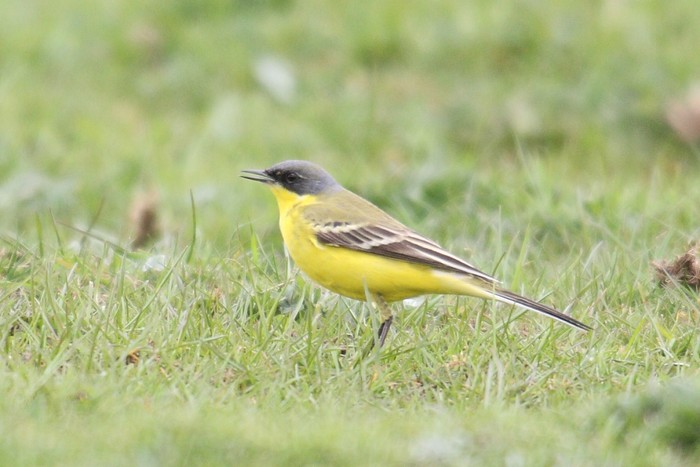
Finally, a single winter Great Grey Shrike remained at Sixpenny Handley, Dorset to at least 3rd.
Andy Stoddart
08 May 2013










